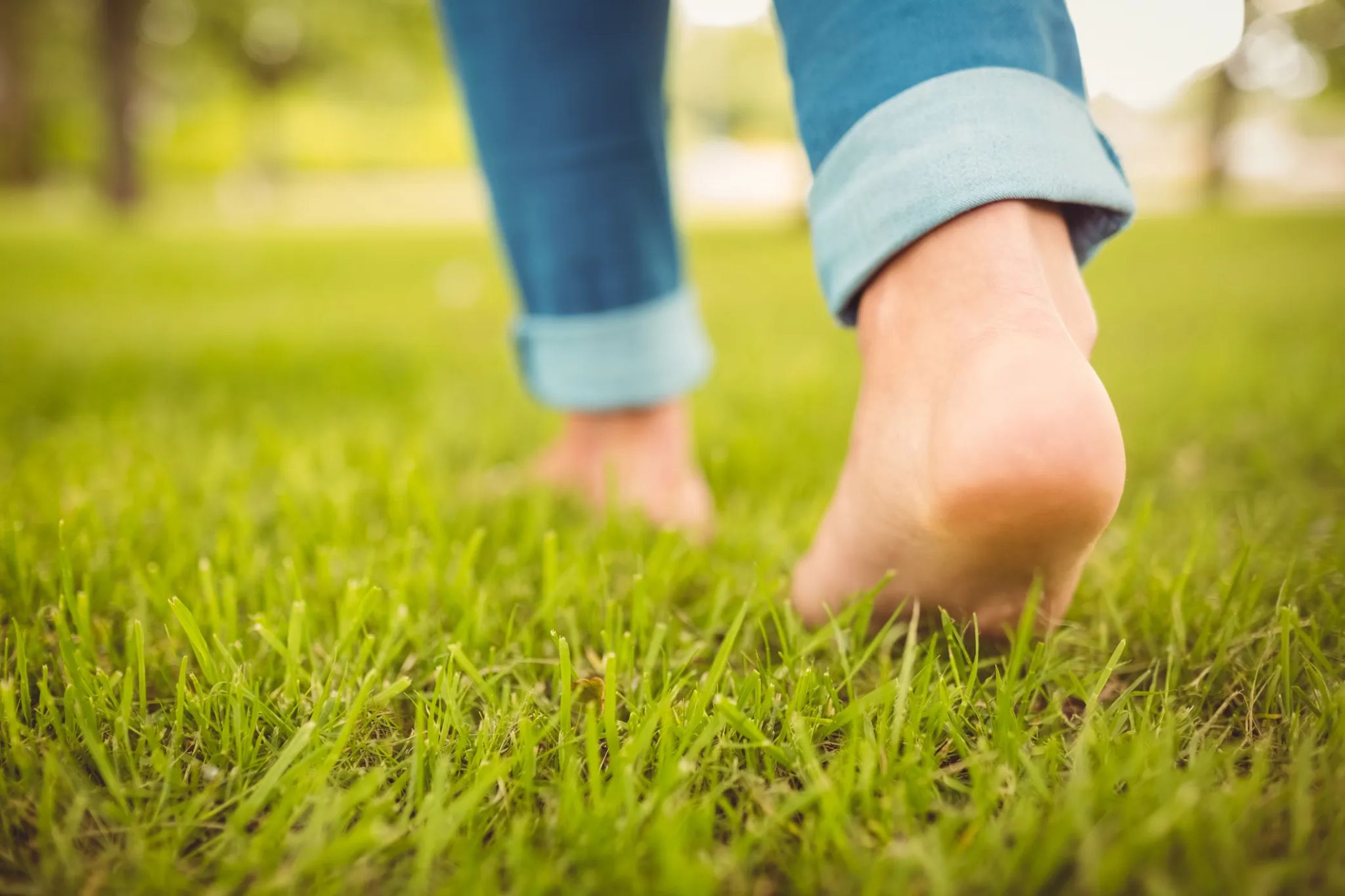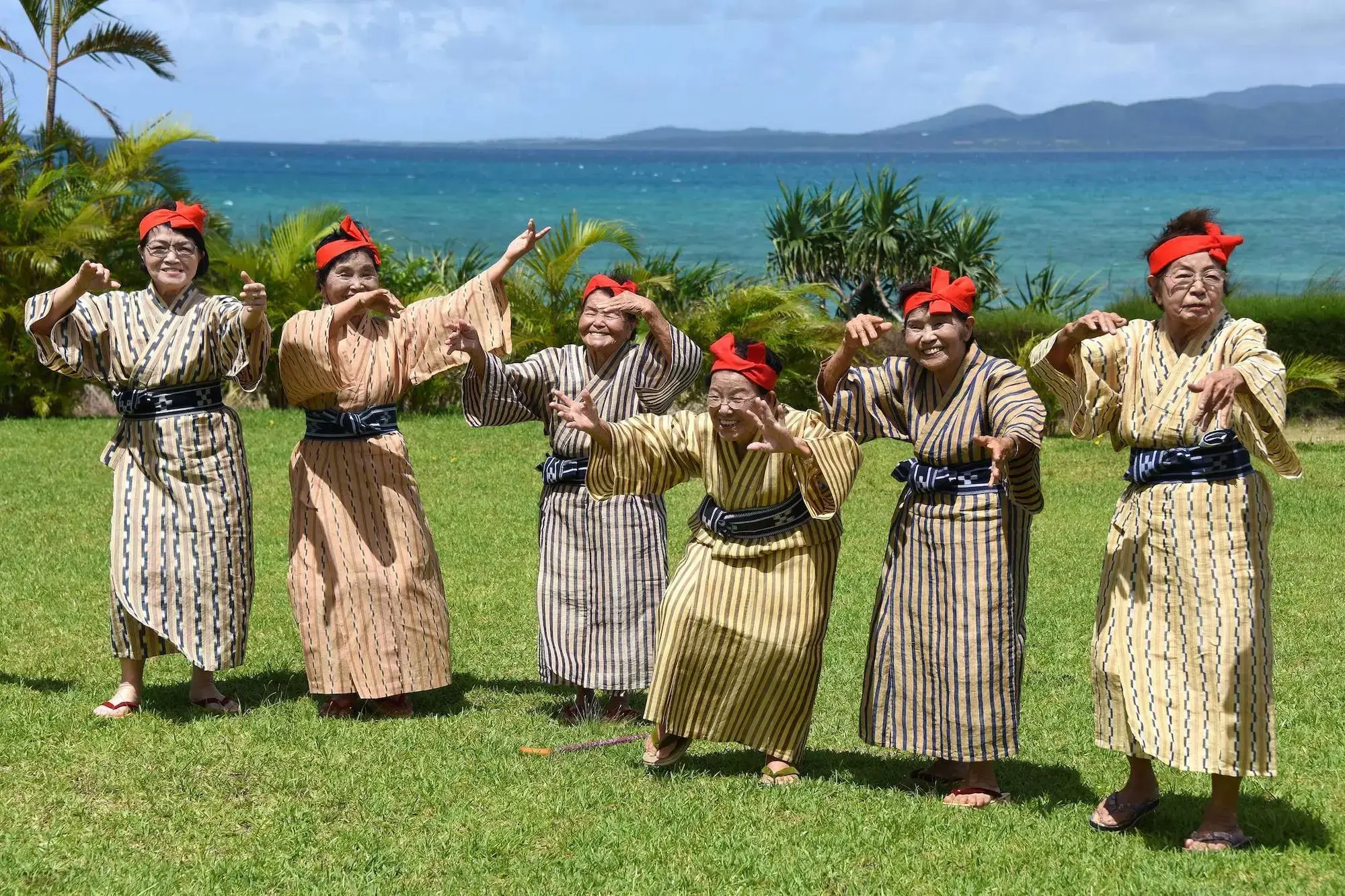Dan Buettner, the man who popularized the idea that there are five “Blue Zones” around the world where people live some of the longest, healthiest, happiest lives, says people living in those zones all share five common traits.
“It is this interconnected web of characteristics that keep people doing the right things for long enough, and avoiding the wrong things,” Buettner said.
Blue Zone residents, whether they’re home in Loma Linda, California; Ikaria, Greece; Okinawa, Japan; Sardinia, Italy; or Nicoya, Costa Rica, all eat very little meat. Instead, they subsist on a largely plant-based diet filled with beans, nuts, and cruciferous vegetables, which Buettner has written about in a new cookbook.
But that diet, which bears some resemblances to a Mediterranean diet (named the best diet for 2020 by US News and World Report) is only about 50% of the Blue Zones longevity equation.
“It’s the scaffolding, this collagen,” Buettner told Insider. “That keeps people eating the right way for long enough.”
Here are the other four core principles that sustain life in the Blue Zones.
Move regularly, about every 20 minutes – Going to the gym is not a Blue Zones tradition.
“They don’t exercise,” Buettner said. Instead, people in Blue Zones are “nudged” into movement in little bursts throughout the day, by force of habit and, also, necessity.
“They’re walking, or they’re in their garden, or they’re doing things by hand,” he said.
In Buettner’s home state of Minnesota, he credits shoveling the walks in winter, digging, weeding, and watering a garden in the summer with keeping him spry.
“I don’t have a garage-door opener — I open it by hand,” he said. “To the extent that I can, I use hand-operated tools.”
He’s turned the inside of his house into a little mini Blue Zone, too, where he’s getting up and moving all year round.
“I put the TV room on the third floor,” Buettner told me, “So every time if I want a snack, I’d go up and down stairs.”
The technique is one he’s honed by studying life in the Blue Zones.
“It’s being mindful of how to engineer little bursts of physical activity,” he said.
Research has shown that such little energetic busts throughout the day can do a lot for overall fitness. One study published last January showed that even 20-second, vigorous stair-climbing exercise “snacks” spread out over the course of a day could improve fitness.
“It’s a reminder to people that small bouts of activity can be effective,” the lead study author Martin Gibala told Insider when his team’s research came out. “They add up over time.”
In Japan they call it “ikigai,” and in Costa Rica it’s a “plan de vida.” The words literally translate to “reason to live,” and “life plan,” respectively, and both concepts help residents of the Blue Zones feel there’s a reason to get up and do what needs to get done each morning.
Studies also suggest that a sense of purpose in life is associated with fewer strokes and less frequent heart attacks among people with
heart disease
, as well as more use of preventive care.
One 2017 investigation from researchers at Harvard concluded that a sense of purpose in life is associated with better “physical function among older adults,” including better grip strength and faster walking.
Good health and happiness can be contagious, and obesity can too.
In Japan’s Blue Zone, people form social groups called “moai” to help them get through life.
“Parents cluster their children in groups of five, and send them through life together,” as Buettner explained in a recent video. “They support each other, and share life’s fortunes and woes.”
The trend is not unique to the Japanese. In Loma Linda, California, Blue Zoners (many of whom are Seventh-day Adventists) are more likely to share vegetarian potluck meals than meet one another over a Chipotle burrito or McDonald’s fries.
Buettner has created Blue Zones “Projects” across the US, where cities and towns enact policies that change the entire environment people live in.
“We’re genetically hardwired to crave sugar, crave fat, crave salt, take rest whenever we can,” Buettner said. “We’ve just engineered this environment where you don’t have to move. You’re constantly cooled down or heated up … and you cannot escape chips and sodas and pizzas and burgers and fries.”
In cities from Minnesota to Texas, he’s helped create healthier communities where policies favor fruits and vegetables over junk food, people form walking groups to move around town and shed pounds together, and many quit smoking, too.
All of this, he said, adds up to troupes of “biologically younger” people, who not only weigh less but suffer fewer health issues as they age.







